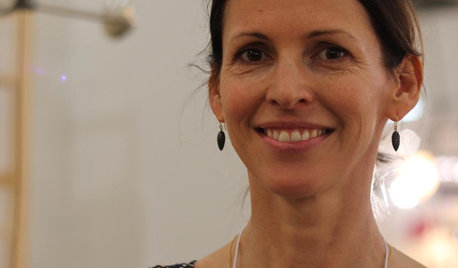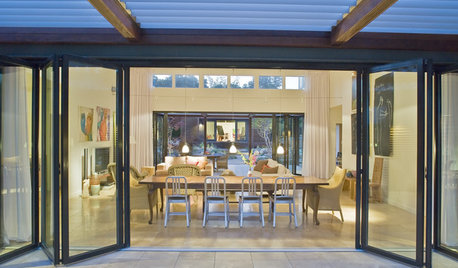Questions about Cuttage
chere
14 years ago
Related Stories

Easy Green: 6 Must-Answer Questions Before You Buy
Thinking about buying ecofriendly furniture? For a truly environmentally conscious home, ask yourself these questions first
Full Story
WORKING WITH PROS10 Questions to Ask Potential Contractors
Ensure the right fit by interviewing general contractors about topics that go beyond the basics
Full Story
MOST POPULAR8 Questions to Ask Yourself Before Meeting With Your Designer
Thinking in advance about how you use your space will get your first design consultation off to its best start
Full Story
ORGANIZINGPre-Storage Checklist: 10 Questions to Ask Yourself Before You Store
Wait, stop. Do you really need to keep that item you’re about to put into storage?
Full Story
REMODELING GUIDES9 Hard Questions to Ask When Shopping for Stone
Learn all about stone sizes, cracks, color issues and more so problems don't chip away at your design happiness later
Full Story
GREEN BUILDINGConsidering Concrete Floors? 3 Green-Minded Questions to Ask
Learn what’s in your concrete and about sustainability to make a healthy choice for your home and the earth
Full Story
EXTERIORSCurb Appeal Feeling a Little Off? Some Questions to Consider
Color, scale, proportion, trim ... 14 things to think about if your exterior is bugging you
Full Story
REMODELING GUIDESConsidering a Fixer-Upper? 15 Questions to Ask First
Learn about the hidden costs and treasures of older homes to avoid budget surprises and accidentally tossing valuable features
Full Story
TASTEMAKERS5 Questions From ICFF: Lindsey Adelman
The inventive designer takes a break from New York's International Contemporary Furniture Fair to talk about her artistic lighting fixtures
Full Story
ARCHITECTURE10 Things to Know About Prefab Homes
Are prefab homes less costly, faster to build and greener than homes constructed onsite? Here are answers to those questions and more
Full StoryMore Discussions






jodik_gw
npublici
Related Professionals
Ashburn Landscape Architects & Landscape Designers · Ferndale Landscape Architects & Landscape Designers · Franconia Landscape Architects & Landscape Designers · Mitchellville Landscape Architects & Landscape Designers · Signal Hill Landscape Architects & Landscape Designers · South Orange Landscape Architects & Landscape Designers · McKinney Landscape Contractors · Cordele Landscape Contractors · Euclid Landscape Contractors · Mission Bend Landscape Contractors · Northport Landscape Contractors · Roswell Landscape Contractors · Woodburn Landscape Contractors · Tyngsboro Landscape Contractors · Shafter Landscape ContractorschereOriginal Author
jodik_gw
kaboehm (zone 9a, TX USA)
jodik_gw
Carol love_the_yard (Zone 9A Jacksonville, FL)
kaboehm (zone 9a, TX USA)
hippifan
kaboehm (zone 9a, TX USA)
hippifan
kaboehm (zone 9a, TX USA)
SummerPerson
kaboehm (zone 9a, TX USA)